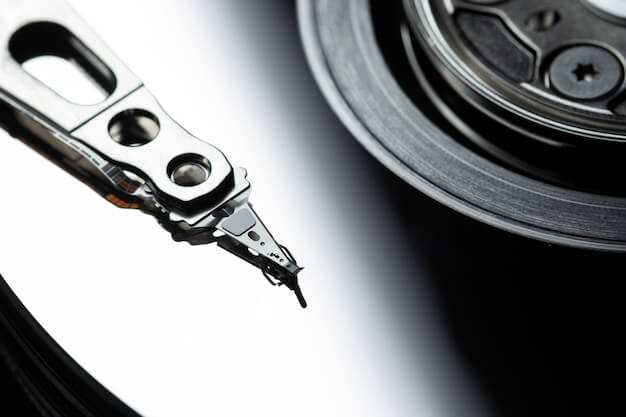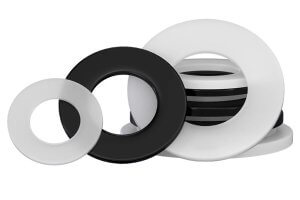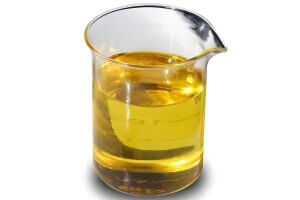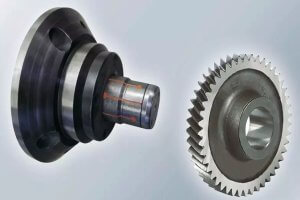Introduction: The Importance and Basics of Choosing Right Tool Steels in CNC Manufacturing
In precision manufacturing, especially in Computer Numerical Control (CNC) processes, the selection of the most appropriate tool steel greatly impacts production efficiency, product quality, and overall cost-effectiveness. The importance of this choice is rooted in the inherent properties of the steel used for your tools, as it directly affects attributes such as hardness, wear resistance, toughness and heat treatment methods. For instance, when considering hardened tool steels like D2 or A2, each presents distinct advantages that can significantly benefit particular applications.
- D2 offers high wear resistance due to its higher carbon and chromium content. Its hardening capabilities ensure a longer lifespan for cutting or forming tools, however, it might be harder to machine and may require specialized handling.
- A2, on the other hand, provides good balance between hardness and toughness. It’s more machinable than D2 while still benefiting from favourable wear resistance and durability. This attribute could simplify your fabrication process and shorten lead times.
Tailoring these tool steel considerations to your specific manufacturing requirements is crucial for an efficient and productive CNC operation.
Understanding D2 and A2 Tool Steels
D2 tool steel is a type of air-hardening, high carbon, and high chromium tool steel. The unique properties and composition make it an ideal choice for long run applications demanding exceptional wear resistance. Properties include significant hardness after heat treatment (up to 64 HRC), good stability in hardening, excellent wear resistance, deep hardening, and moderate toughness. Composed primarily of iron, chromium, molybdenum, vanadium, and carbon – its usage extends to applications like cutting tools, dies, and various other abrasion-impacting materials.
A comparison brings us to A2 tool steel – another air-hardened variety known for its superior versatility. It shares much of the same properties with the D2 but shines in instances where more impact resistance is necessary. Its balanced combination provides remarkable dimensional stability during heat treatment, achieving up to 62 HRC after said processing. Comprised chiefly of elements such as Iron, Carbon, Chromium, Molybdenum, Nickel, and traces of others, it’s typically employed for creating injection molds, shear blades, punches and dies owing to its inherent strength and durability.
Analyzing the Performance of D2 Steel
When analyzing the performance of D2 steel, it’s important to consider the following factors:
- D2 steel offers high wear resistance and excellent retention of hardness, making it suitable for precision manufacturing needs.
- It provides good stability in heat treatment and is known for its high compressive strength, contributing to its suitability for tooling and precision parts.
- The material’s ability to maintain its shape and hardness at elevated temperatures makes it a preferred choice for demanding CNC applications.
Assessing the Value of A2 Tool Steel
In precision manufacturing, choosing an appropriate tool steel is critical. One popular option is A2 steel due to its several prominent features. It boasts good dimensional stability which preserves the form factor of tools even under significant stress or operation. Moreover, it displays a high resistance to heat and outstanding durability making it ideal for jobs involving high temperatures and intense wear and tear.
Consider this scenario: In manufacturing automotive parts where hardness and toughness are crucial elements, A2’s performance has consistently met industry standards. Its ability to maintain shape under considerable pressure remains unbeaten ensuring smooth operations on the shop floor.
However, there may be potential downsides linked with the utilization of A2 steel. While crafting precise tools, some manufacturers have encountered issues. For example, a case study embarked upon by precision instrument makers revealed increased operational difficulties originating from somewhat limited machinability in certain complex applications of A2 steel.
- A2 Steel Advantages
- Good dimensional stability
- High resistance to heat
- A2 Steel Disadvantages
- Limited machinability in complex applications
Comparing D2 and A2 Tool Steels for Precision Manufacturing
In considering cost-effectiveness, durability, suitability, and ease of use in different conditions, both A2 and D2 steel types offer distinct advantages. The D2 tool steel is renowned for its wear resistance due to its high chromium content, making it a highly suitable candidate for long-run manufacturing applications where toughness is critical. Meanwhile, the A2 tool steel offers great impact-resistance with good machinability, making it easier to shape via cutting or grinding. This particularly excels in scenarios that demand superior surface finish.
- D2 Steel: High wear resistance makes it ideal for extended operation periods.
- A2 Steel: Superior impact resistance and excellent machinability make it preferable when fine finishing is paramount.
Though A2 might require an initial higher investment, its relative ease of fabrication could result in lower overall processing costs. Conversely, while D2 might necessitate additional time investment for machining, it may ultimately prove more cost-effective over extended operational intervals. Therefore, deciding which steel type best fits your application involves balancing immediate needs against long-term wear resistance and durability.
Making Your Decision: D2 or A2?
Choosing between D2 and A2 tool steel for CNC machining depends on various factors such as project requirements, budget, and intended longevity. Each type of steel has its advantages. For instance, if your project requires high resistance to wear and long-lasting durability, you might consider the D2 because it offers superior abrasion resistance and high hardness after heat treatment. However, bear in mind that this comes at a cost, making D2 potentially less suitable for tight-budget projects. On the other hand, A2 provides excellent dimensional stability during heat treatment, and substantial toughness levels which would make it ideal for your tools when containing shock is a key requirement. Remember though, while less expensive than D2, it does not quite match up on the hardness front. Hence:
- If wear resistance and hardness are prioritized, choose D2.
- If heat-treatment stability and shock resistance are crucial, go with A2.
- For budget constraints, consider the less expensive option, which usually is A2.
By examining these aspects closely, you can determine which type of hardened steel best fits your precision manufacturing needs.
Other Articles You Might Enjoy
- Tool Steel Grades in CNC Machining: Is D2 Better than A2?
CNC Machining and Tool Steel Grades D2 and A2 In the realm of manufacturing and fabrication, Computer Numerical Control (CNC) machining is a highly prevalent method. CNC allows for precision…
- Leveraging the Strength of Tool Steels in CNC Machining: A2 vs. D2 Comparison
Introduction to Tool Steel and CNC Machining In the vast domain of manufacturing, tool steel is a particular subset of hard metal renowned for its resistance to abrasion, ability to…
- Tool compensation in CNC machining, our quest for precision in CNC machining
Introduction to CNC Machining and Precision CNC (Computer Numerical Control) machining stands at the forefront of modern manufacturing, utilizing computerized controls to operate complex machinery with remarkable accuracy. This process…






